Ana Kraš and the unbearable beauty of life
In a homely atmosphere, Ana Kraš opened her heart and the doors of her home to Jordan Cvetanović; she evokes memories and explains why Paris remains the center of the world.
Jordan CvetanovićApril 5, 2025
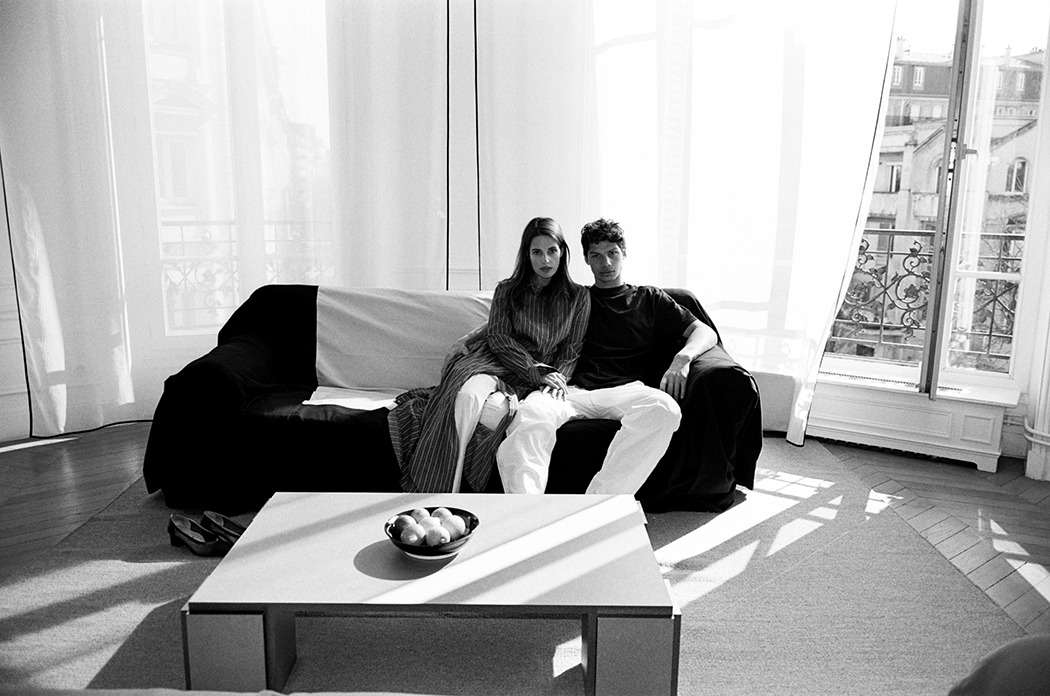
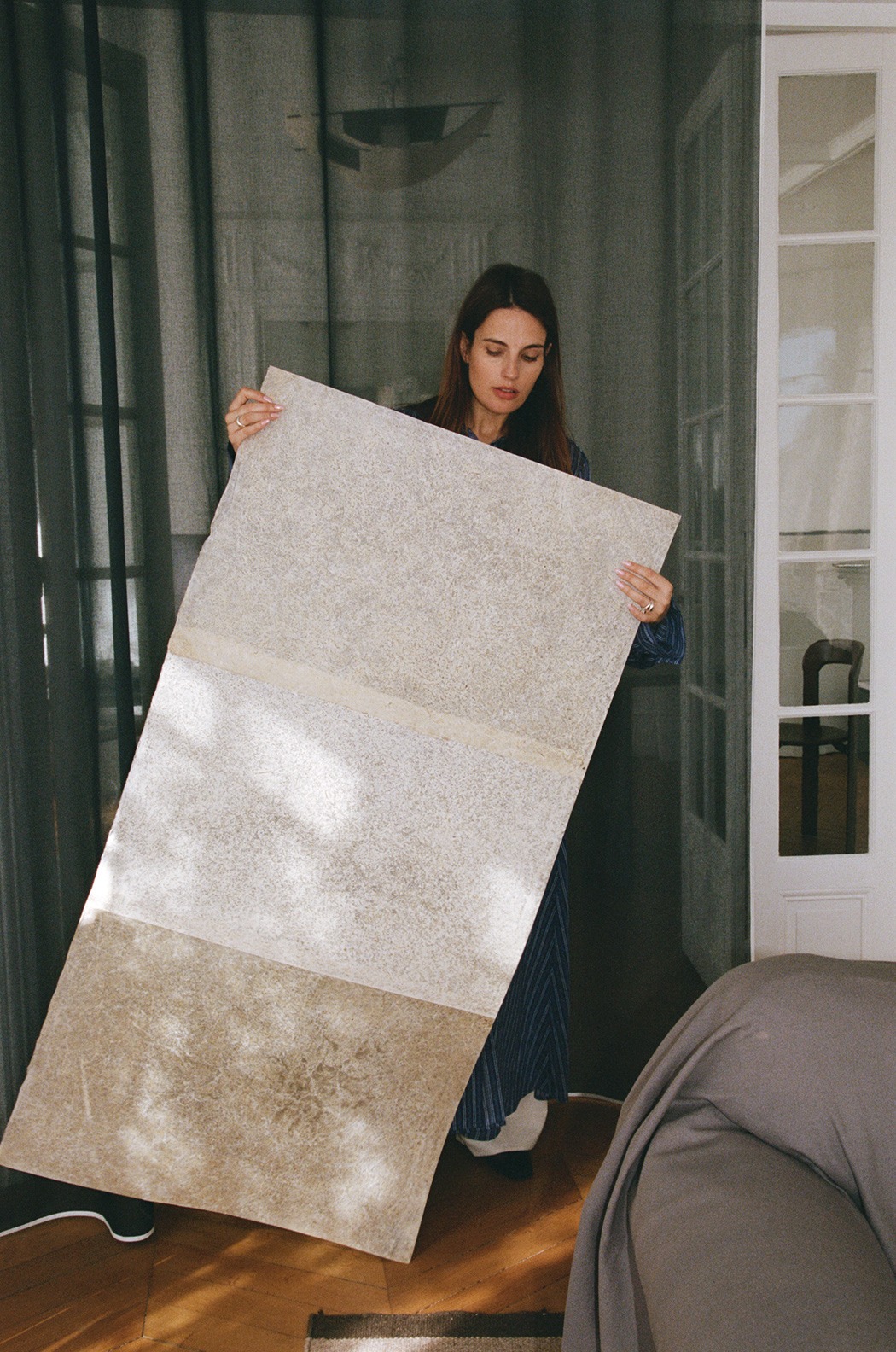
In a homely atmosphere, Ana Kraš opened her heart and the doors of her home to Jordan Cvetanović; she evokes memories and explains why Paris remains the center of the world.
Jordan CvetanovićApril 5, 2025
You somehow have to know Ana Kraš. Honestly, I can’t imagine someone who considers themselves cultured shrugging at the mention of her name or consulting Google. Even if you don’t know her name, there’s a good chance you’ve come across her work in one form or another. Maybe you’ve seen her on Instagram, at a fashion show, or perhaps even on a billboard. You’ve likely touched a piece of furniture she designed or unknowingly admired a photograph she took. I’m certain you know her. She’s not a movie star (though she easily could be) or a fleeting celebrity, but she’s exactly as famous and known as she needs to be.
I remember the first time I met Ana Kraš. It was a long time ago, and we were sitting together on a couch at a mutual friend’s house; I think it was New Year’s Eve. My friend had brought me along as a plus one, and I had no idea I was meeting a future it-girl who would become globally recognized. I remember how beautiful she was then, as she is now. People may have different opinions, but everyone agrees Ana Kraš is extraordinarily beautiful. I watched her, speechless, captivated by her movements, the way she spoke, her outfit—everything was perfectly in place. Simply put: gorgeous. I’ve always wondered how someone so beautiful perceives beauty.

“Beauty has to feel good,” Ana tells me right at the start. “For me, something is beautiful if it’s interesting and sparks curiosity. Often, that means things that are unusual and not in perfect harmony.” Her answer inspires me to bring up another topic. Still in the realm of life philosophy, I ask if there’s ever a reason to argue about taste. “When it comes to visual taste, in my opinion, there’s no room for discussion,” she continues effortlessly. “People like different things, and that makes our surroundings diverse and interesting. On the other hand, bad behavior is another topic altogether.”
For those who might not know, Ana Kraš has long been listed among the 100 most influential women in the world. More than a decade ago, she carved out her life path after studying design at the Faculty of Applied Arts in Belgrade, moving far from home, first to the U.S. In addition to photography, fashion, and furniture design—which has earned her an enviable place in the global art scene—Ana is an exceptional illustrator. She also explores various media through drawing and painting, with works exhibited globally. Her art often combines simple shapes with rich textures and colors, creating pieces that are both modern and timeless. I ask her to talk about her beginnings—how it all started and what she dreamed of as a child.
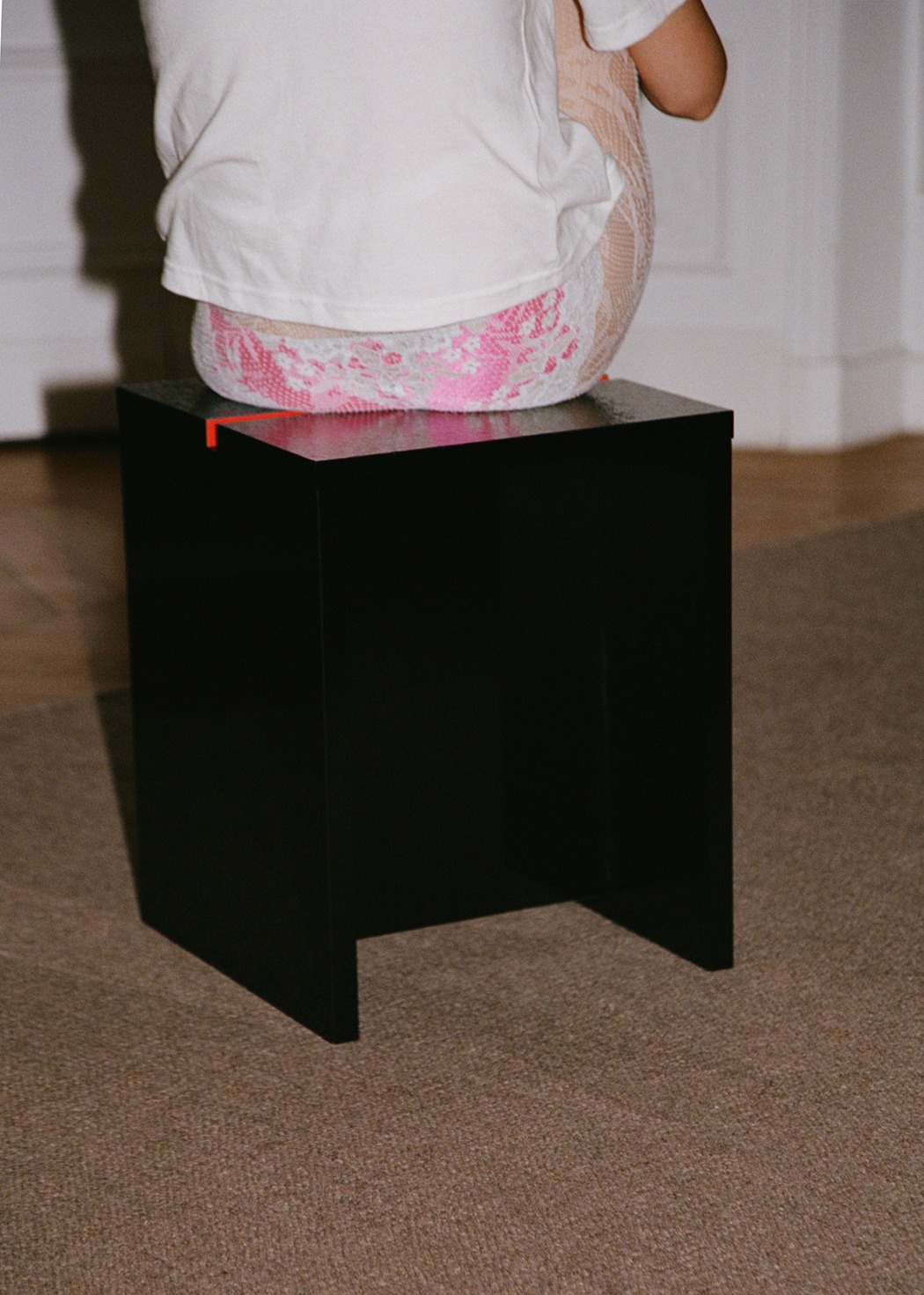

“I drew a lot from an early age. I could draw hyper-realistically without formal training. It was easy for me to translate everything I saw, both in reality and in my imagination, onto paper,” Ana shares. “That’s how the idea to study something related to art was born. Honestly, at 18, I had no clear vision of what I wanted to do. I couldn’t really imagine most of those artistic professions and was confused. I went to the Faculty and read the list of departments on the notice board. The interior and furniture design program caught my eye. I found it interesting to imagine what a space could look like, and that was enough for me to apply. I was surprised when I got in.”
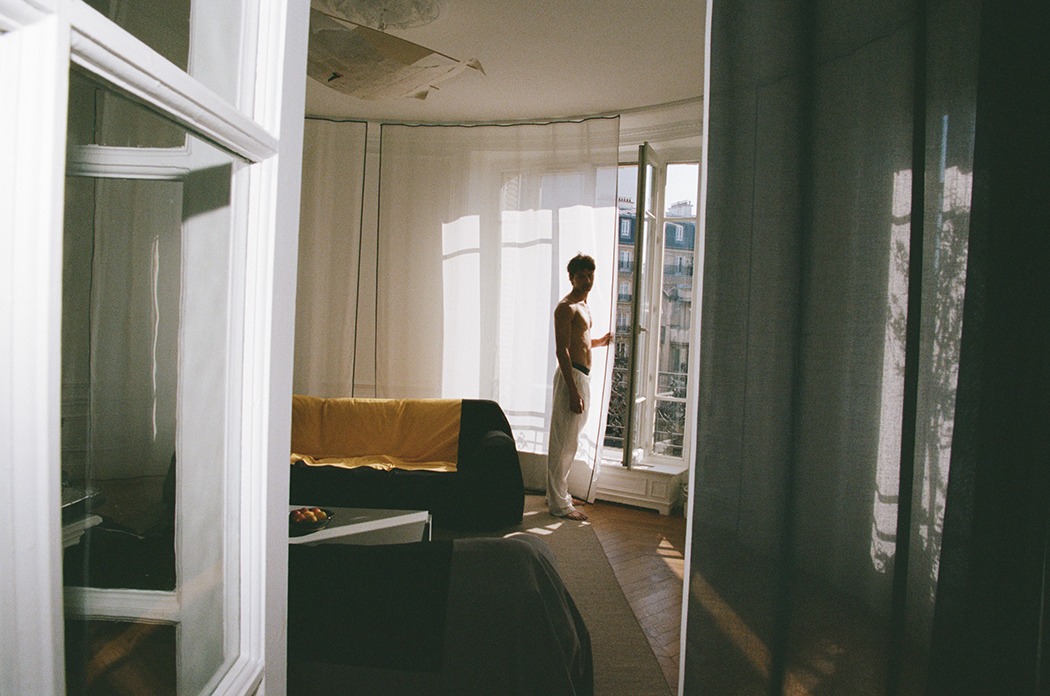
One of her most well-known works is undoubtedly the Bonbon lamps, a series of hand-woven lights made from recycled yarns, recognized for their unique design and striking use of color. Each lamp is distinctive because it’s handcrafted, with colors and patterns customizable, making each piece visually dynamic and appealing. The lamp has gained worldwide popularity and is part of the permanent collection at HAY, a brand known for minimalist and functional design. You’ll often see them in such interiors, defined by pastel and earthy tones and soft, diffuse light that creates a cozy atmosphere. “I mostly see bad copies everywhere,” Ana laughs. “Just last week in Miami, the accommodation I stayed in had a copy of a large Bonbon lamp. Even on my street in Paris, there’s a shop selling knockoffs. Every week, people send me new variations they find online… I’m still deeply touched by the fact that thousands of people have chosen my design for their homes and that so many lives unfold in the light of a lamp that came from my mind.”
It feels like Ana never stops dreaming and thinking, which allows her to create so easily. It all seems to happen spontaneously in her mind, later appearing on her Instagram like a pocket-sized contemporary gallery. I love following her online life. She always seems to know exactly what she wants, telling me openly how ideas come to her. “Ideas come to me fully formed,” she says decisively. “But I think I subconsciously think about things for a long time until they form a clear picture. I never sit down and try to come up with something on paper. That’s not how my process works.”
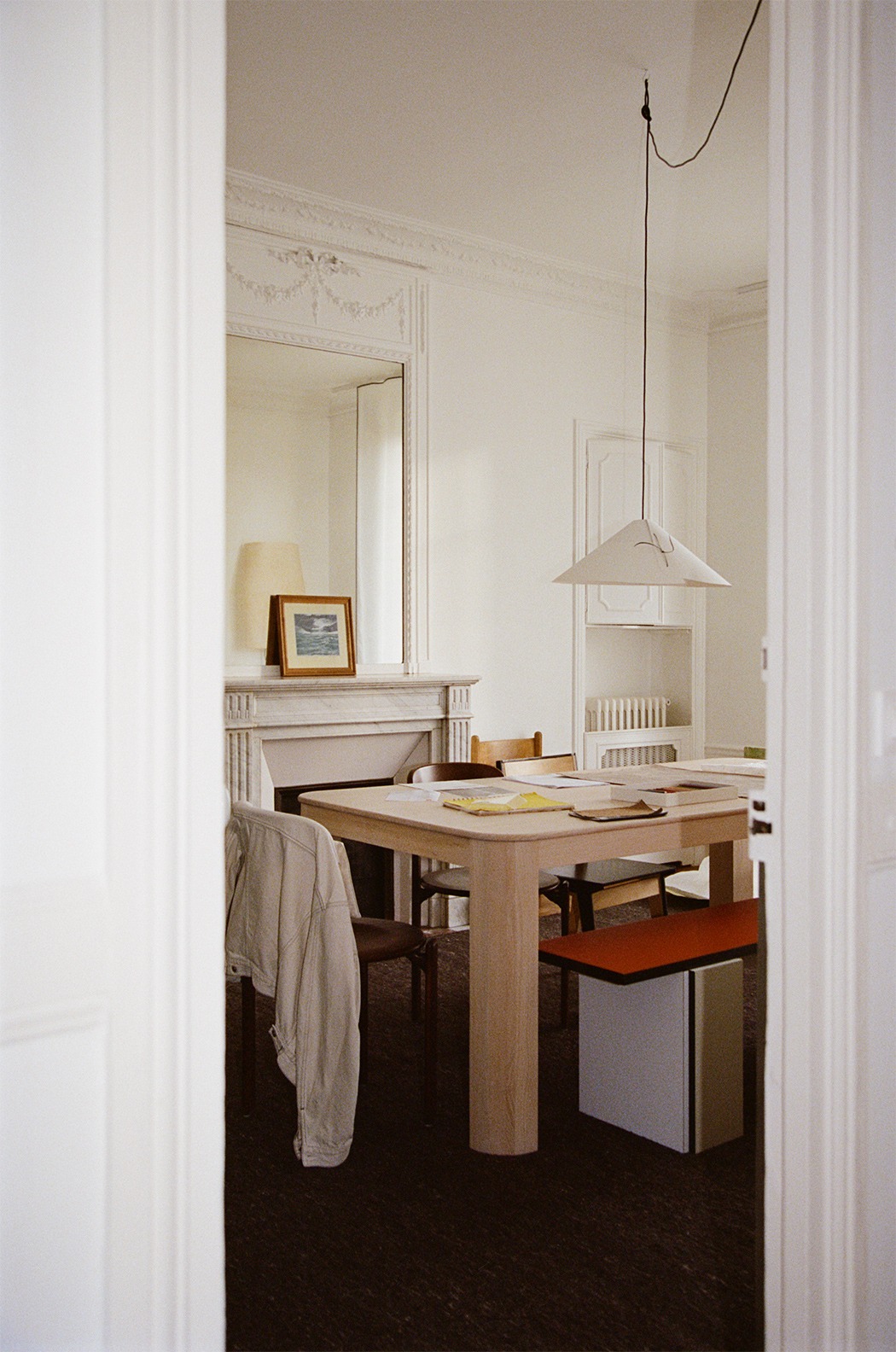

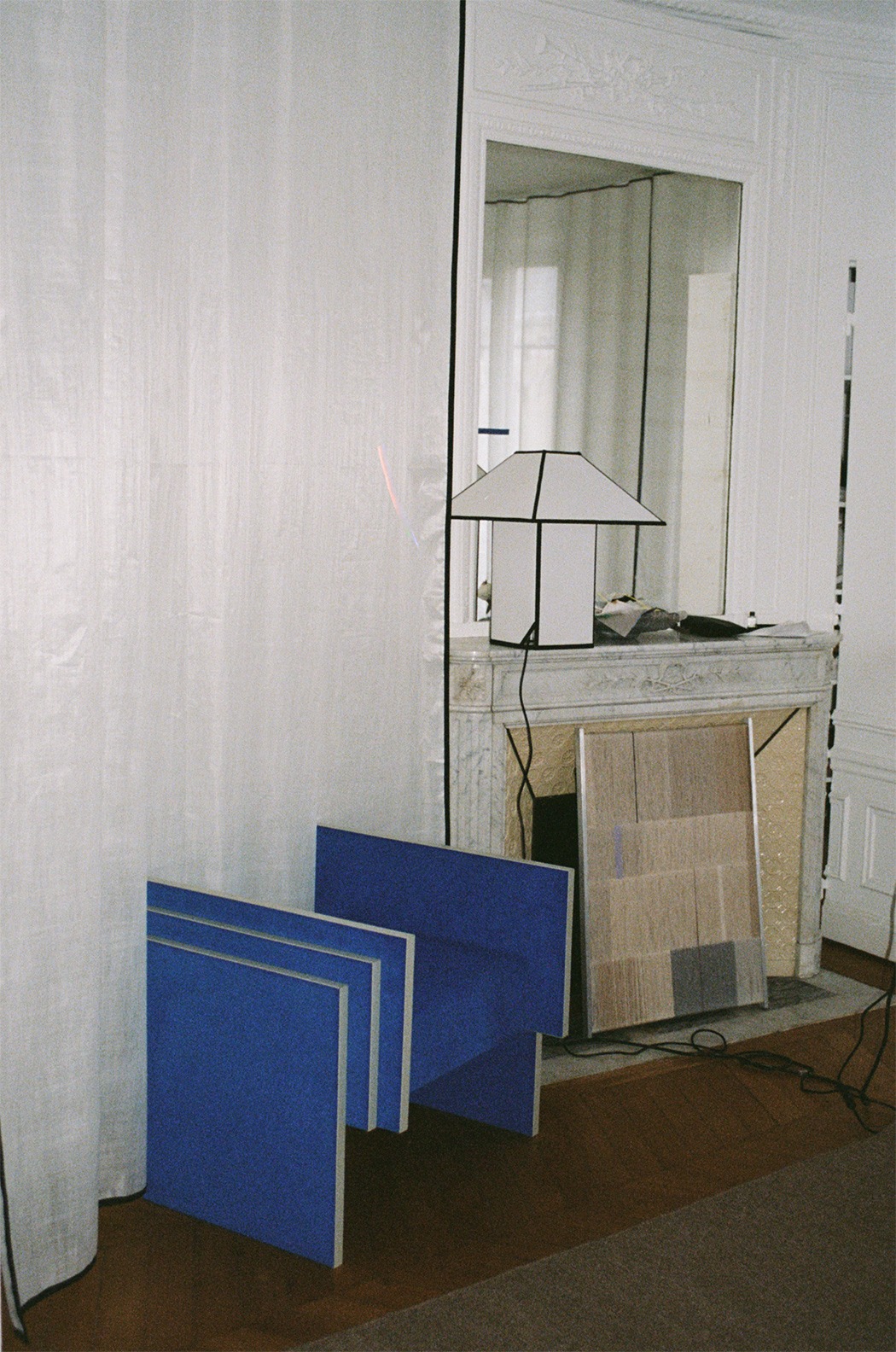
Her nomadic lifestyle has taken her to many cities—from Milan and Berlin to Los Angeles and New York—eventually bringing her to her current home: Paris. Ana now lives in a peaceful part of the city, nearly tourist-free but still central, in a classic Haussmannian apartment with decorative rosettes and a fireplace in every room. The living room is round, with large windows opening onto small balconies that offer cinematic views. “I’ve never lived in architecture like this before. The space is used differently. For example, furniture isn’t placed against walls because that’s impossible, making the interior feel airier and more luxurious. The ceilings are very high, and the light is fantastic.”
She has bonded with this part of Paris because it offers variety and eclecticism in architecture, where blocks from the 1970s and 1990s blend with Haussmann buildings. It excites her because, although Paris is beautiful, it often looks the same, whereas here, every view is different, reminding her irresistibly of Belgrade.
She makes it clear she’s a homebody, to the extent that it might border on unhealthy. “Light,” says the temporary Parisian, “natural light during the day and only lamps at night.” That’s something she could never imagine living without. For her, the source of light is the backbone of every interior she inhabits. She’s surrounded mainly by objects she’s designed herself; her current favorite is the Panel lamp because it emits light exactly the way she likes it. When I ask about objects without her signature, she fondly describes pieces with sentimental value from her parents. “One item that means a lot is a framed graphic of the sky and sea that my parents bought when they found out I was on the way. Oh, and there’s a painting of a bouquet in a vase my mother painted at my request for my Paris apartment. Can I pick both?” she asks me with curiosity while I remind her of her beautiful thought about unnecessary objects making life so much richer. I ask if she thinks design always has to be functional. “Design, yes. It’s defined by function. But art doesn’t have to be. Art is there to move you emotionally and make the moment more beautiful or valuable.”
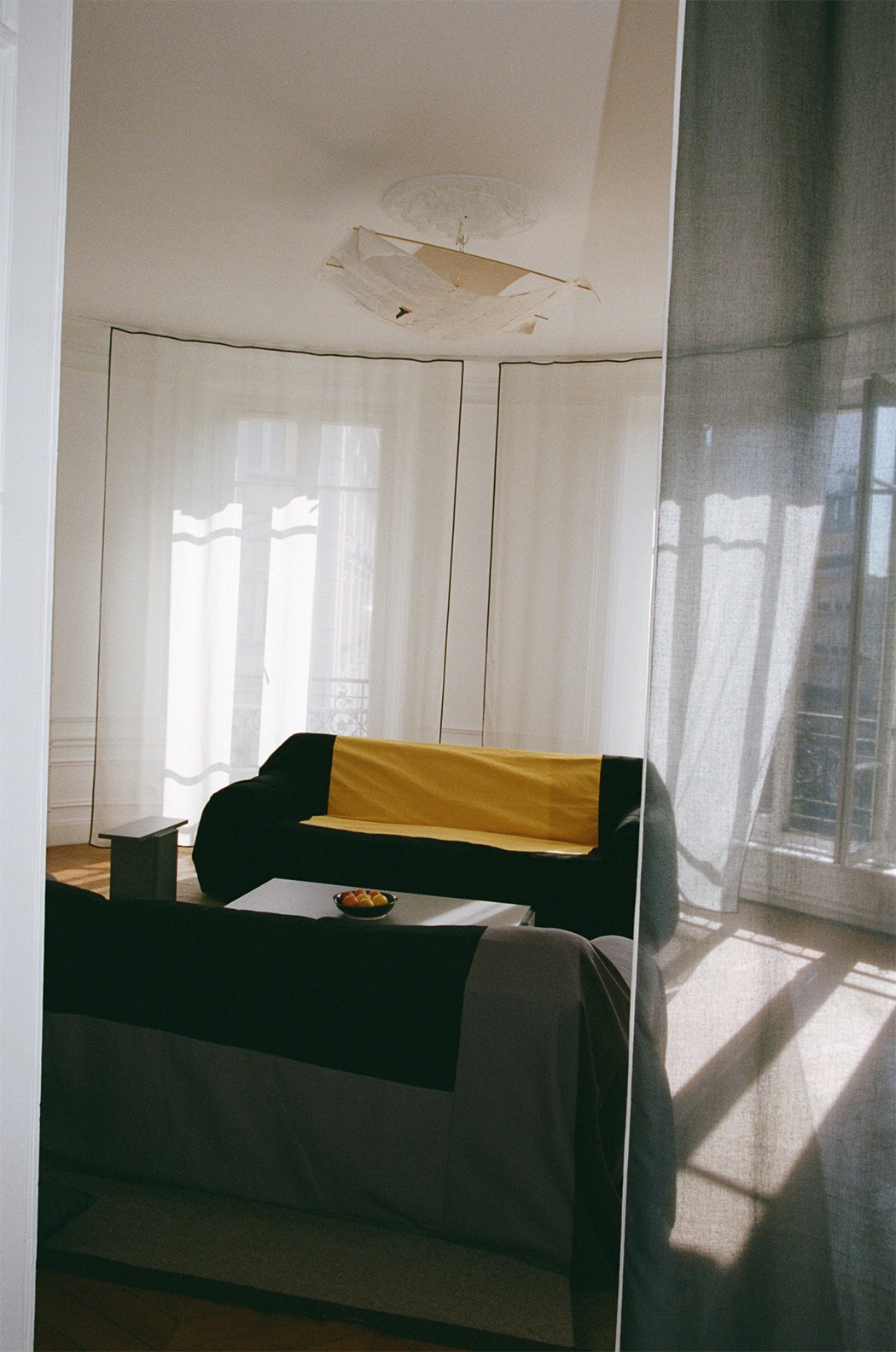
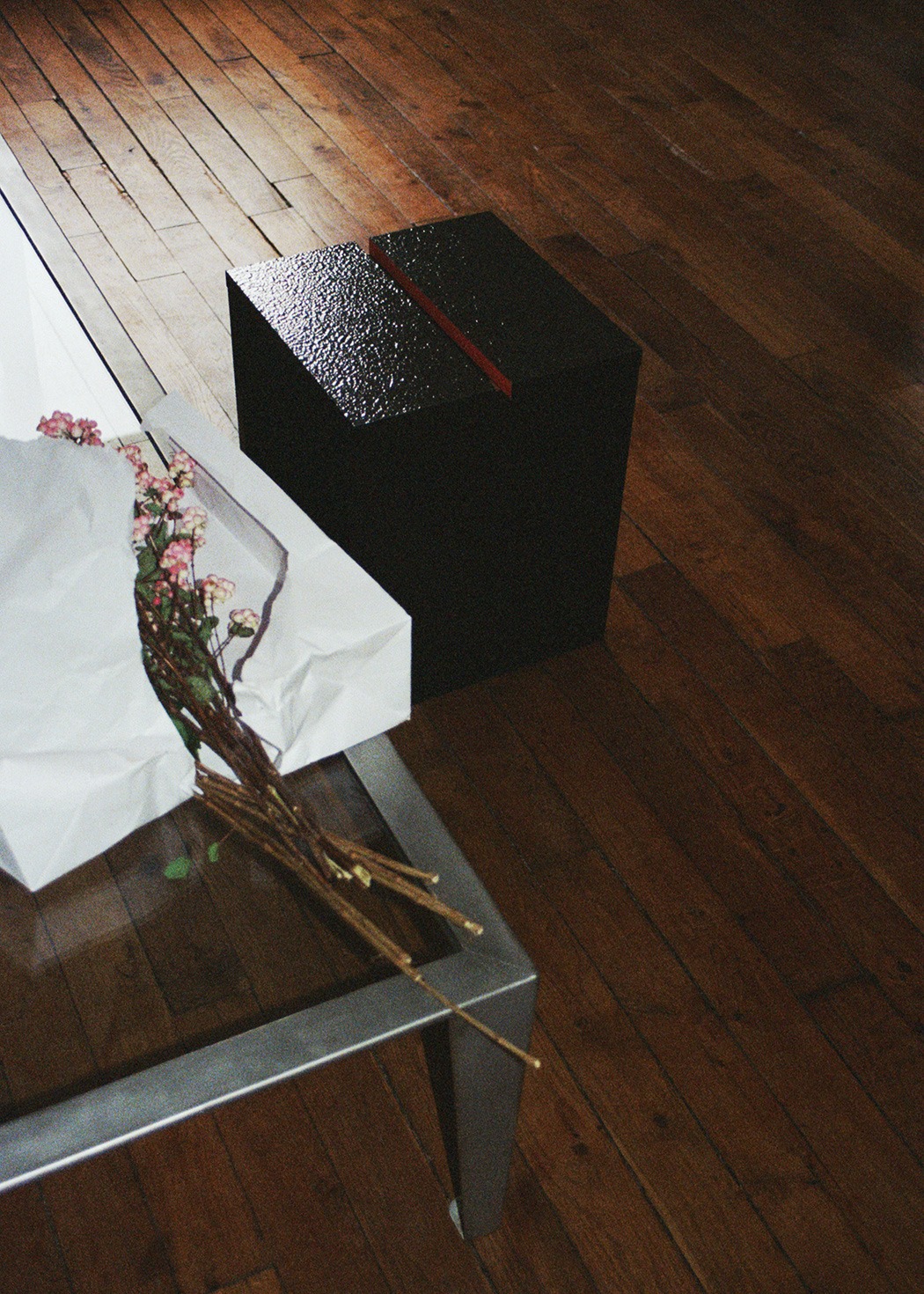
“Paris is amazing because it’s the center of everything without being overwhelming or too big.” It feels like the perfect description of a city in Ana Kraš style. “It’s practical; you can walk, cycle, or use public transport everywhere, which I love. I hate cars in cities.” I sense she’s finally found a place where she feels truly comfortable. The city offers countless professional opportunities, with Design Week, Art Week, and Fashion Week happening multiple times a year. Plus, it’s close to home, near her friends and family, and she doesn’t have to travel as much as before. “I love exploring the city by scooter or bike. The city feels like a museum, beautiful when you cross bridges and watch the sunset. It’s like being in an oil painting. My partner and I love going to Bois de Vincennes because the forest is vast and beautiful, and you can be alone in nature. For lunch, we usually go to Paris Feni, a Bangladeshi restaurant in my neighborhood, and for dinner, Waly Fay, an African restaurant.” She admits she’s not a huge fan of French cuisine and wine.
She feels nostalgic about every city she’s lived in. “I don’t miss New York, but I miss Belgrade, always—my family, closest friends, my language, and the atmosphere.” I wonder if Belgrade is where she truly feels at home, so I ask what she always brings from Belgrade. “I love the details in Belgrade. I grew up in the Braće Jerković neighborhood, and every time I’m there, I fall in love all over again with oddly glazed balconies and unevenly painted facades. Improvised architecture is incredibly romantic to me, more interesting than works displayed in museums. Belgrade is full of improvisations, like a patchwork of mismatched things arranged into a unique, unexpected harmony.”
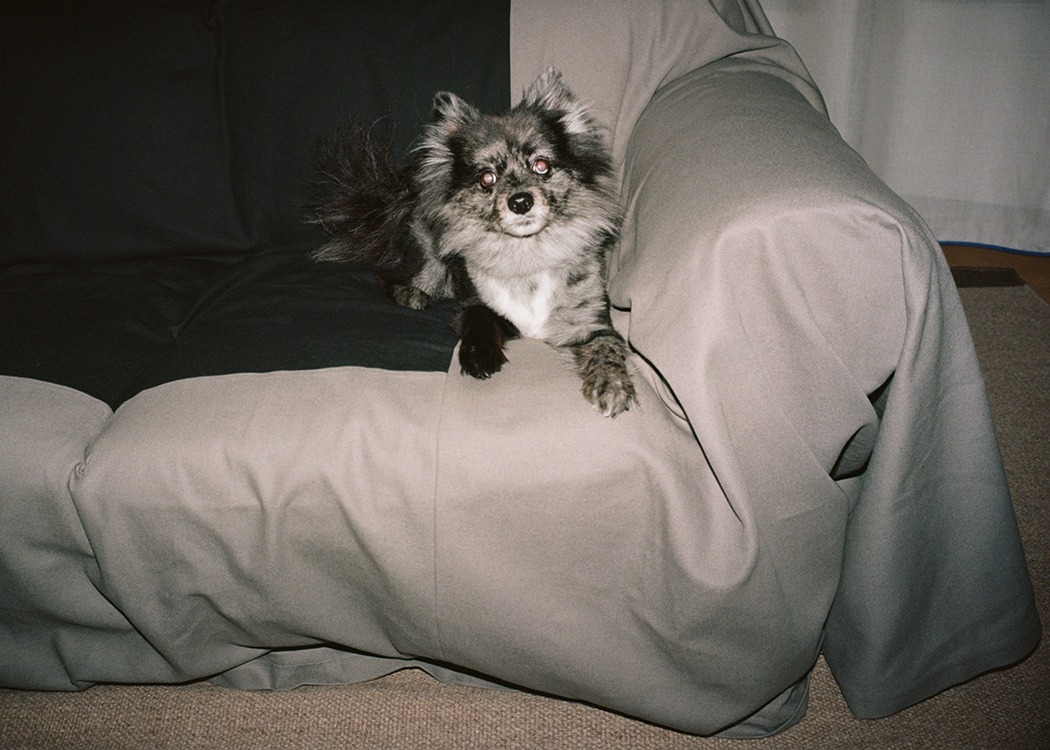
I often think about how people tend to fantasize about others’ lives, and I’m sure many dream of stepping into Ana Kraš’s shoes because her life truly seems like a beautiful dream. But what’s the reality? What does her everyday life really look like? I’m curious about the obstacles. “As a freelancer and business owner, it’s hard to have a routine because my days vary depending on commitments and projects,” Ana explains her daily life. “I usually wake up early but love staying in bed for another half hour or hour to think while lying there. Then I shower because I love the feeling of water and the calm it brings. I don’t drink coffee. I have breakfast. I write a to-do list for the day on paper and usually start with computer work, hoping to finish it quickly so I can move on to manual tasks I enjoy more.”

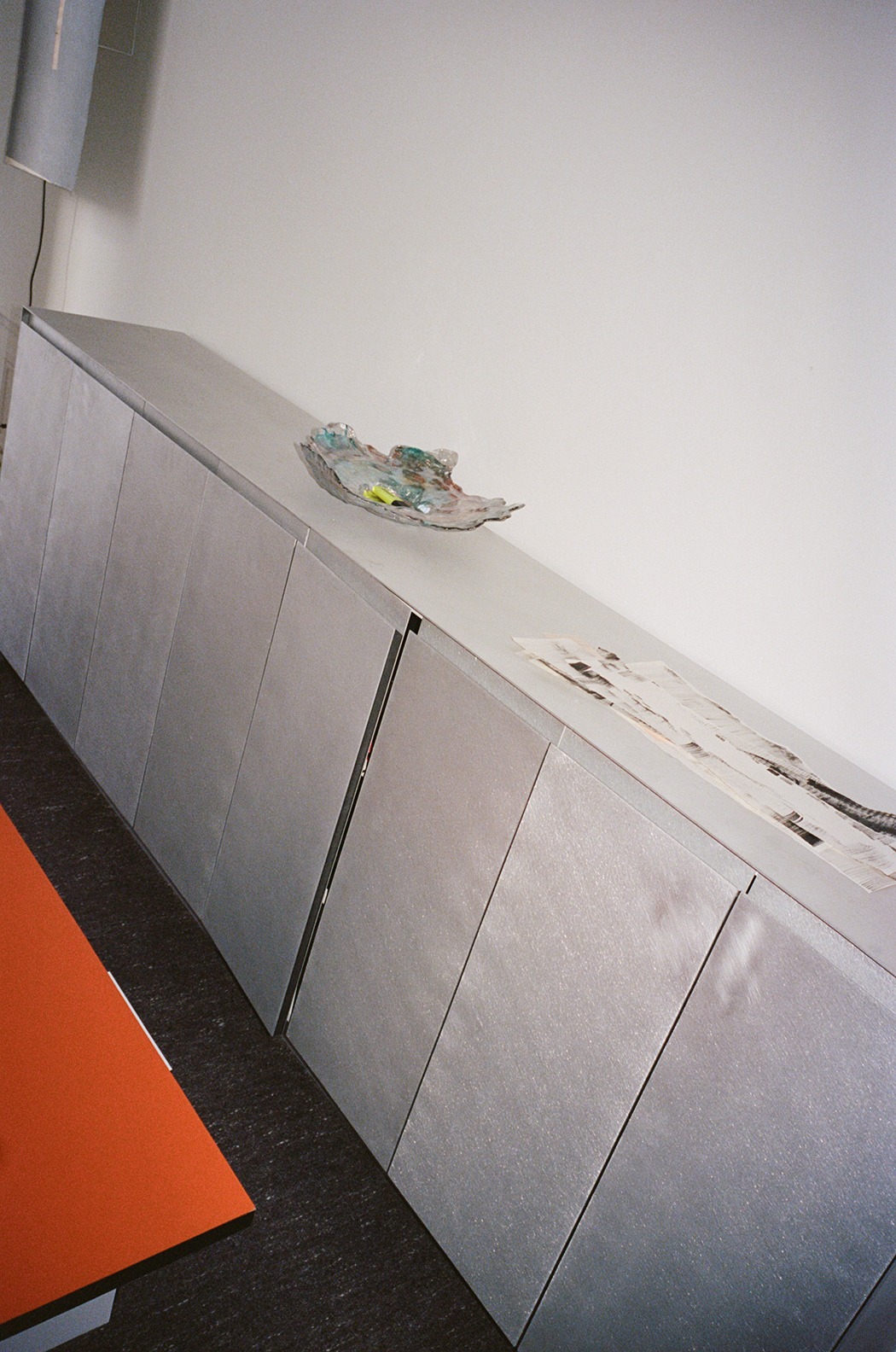
Since last year, to the delight of many, Ana has launched her own brand. I love that she chose the word ‘Teget’ (a specific shade of blue in Serbian) for the label’s name. For those who know the language, it evokes a precise color. She runs the brand with her partner Ruben Moreira, adding an intimate layer to the pieces she creates. Their collection includes lamps, side tables, sofa covers, pillows, and clothing. In a way, this brand unites Ana’s extensive experience in design, fashion, and art, integrating all her skills into product design, graphic design, art direction, and photography. The brand’s aesthetic combines simplicity, functionality, and elegance with rich textures and unexpected colors. Teget reflects Ana’s eclectic style and deepens her expressive artistic practice. She laughs when I ask how she would explain ‘Teget‘ to a blind person. “Everything is quite simple but full of specific details and unusual materials. As for the color palette, there are lots of neutral grayish tones, but also colors—sunny yellow, apple green, red, blue, purple. If I had to choose one word to describe Teget, it would be: contemporary. The aesthetic doesn’t belong to the past or any particular era, nor does it seem futuristic.”
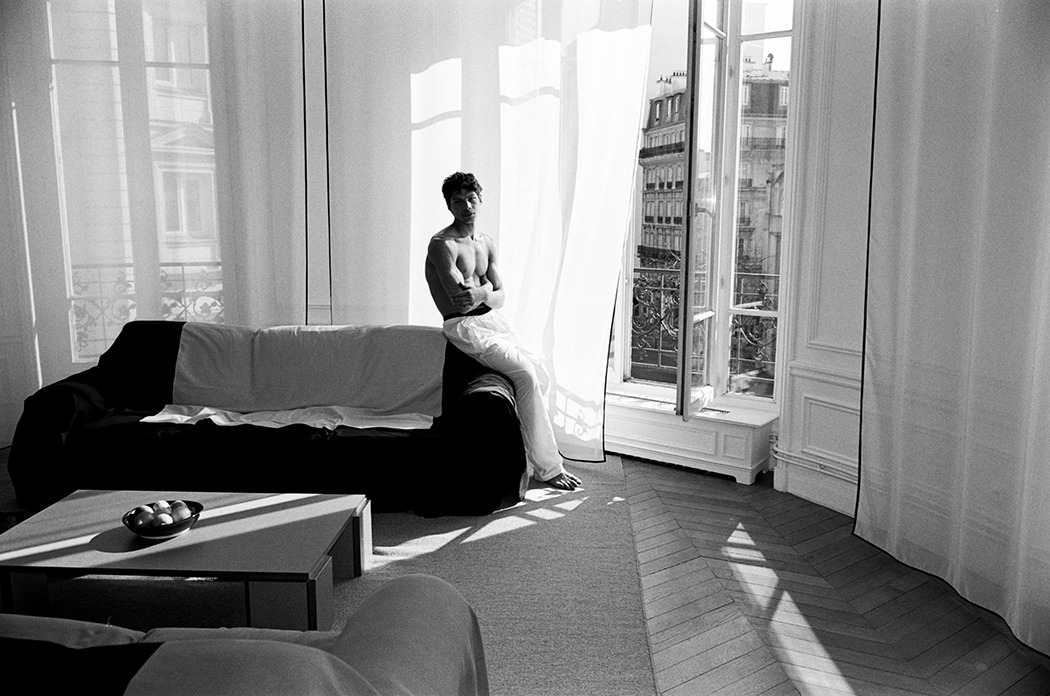
We all live too fast, often faster than is healthy for normal functioning. Big cities and their speed affect our moods and personal agendas. It’s no surprise that Ana Kraš chooses the sea as a destination where she can think clearly and be alone with herself. “I think best to the sound of waves,” she says—a somewhat cliché answer, but painfully true in times when no one really listens to each other. As our conversation ends, I find myself drifting away, imagining that picture hanging on her apartment wall: calm seas, a shoreline, and a day’s end with the fiery ball of the sun rolling across the horizon. A perfect start to the happy ending of an interview.